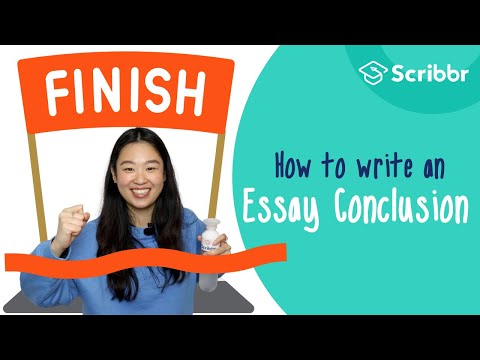3 Ways to Start a Conclusion

In any piece of writing, whether it be an essay, a report, or an article, the conclusion plays a crucial role in leaving a lasting impression on your reader. A well-crafted conclusion ties all your ideas together and emphasizes the main points of your paper. Here are three effective ways to start a conclusion that will make your writing stand out.
1. Restate the Thesis
One of the most traditional and effective ways to start a conclusion is by restating your thesis statement. It is important to do so in a concise manner that does not simply repeat the initial statement but instead emphasizes how the paper has supported the thesis. This approach allows you to remind readers of your central argument and demonstrate how you have proven it throughout your work.
Example:
Original Thesis: Telecommuting offers significant benefits for companies, employees, and the environment.
Conclusion Start: As evidenced throughout this examination, telecommuting presents numerous advantages for businesses, workers, and our planet.
2. Use a Synthesis Approach
Another effective way to launch your conclusion is by synthesizing all of the main points discussed in your writing. Rather than just summarizing each point separately, try to connect them and demonstrate how they relate to one another. This method helps your reader see the big picture and understand why each section of your paper was essential to building your overall argument.
Example:
Conclusion Start: By examining workplace productivity improvements, employee satisfaction levels, and environmental impacts, it becomes clear that the adoption of telecommuting creates a win-win situation for all parties involved.
3. Pose a Thought-Provoking Question
Starting your conclusion with a thought-provoking question can be an engaging way to encourage readers to reflect on the material you have presented. However, it is essential only to use this approach when it aligns with the overall tone and purpose of your writing. By asking a question relevant to your main points or findings, you can challenge your reader to consider the implications of your work further and make connections between the topics discussed in your paper and their own experiences.
Example:
Conclusion Start: Considering the benefits demonstrated for both companies and employees, could telecommuting become the new normal within our workplaces?
In conclusion, mastering these three starting techniques for your conclusions will not only leave a lasting impression on your readers but also aid you in presenting a comprehensive analysis of any topic. Remember that restating the thesis, synthesizing main points, and posing a thought-provoking question are all effective ways to initiate your conclusion. Use these strategies to demonstrate your command over any subject and craft a compelling piece of writing.

